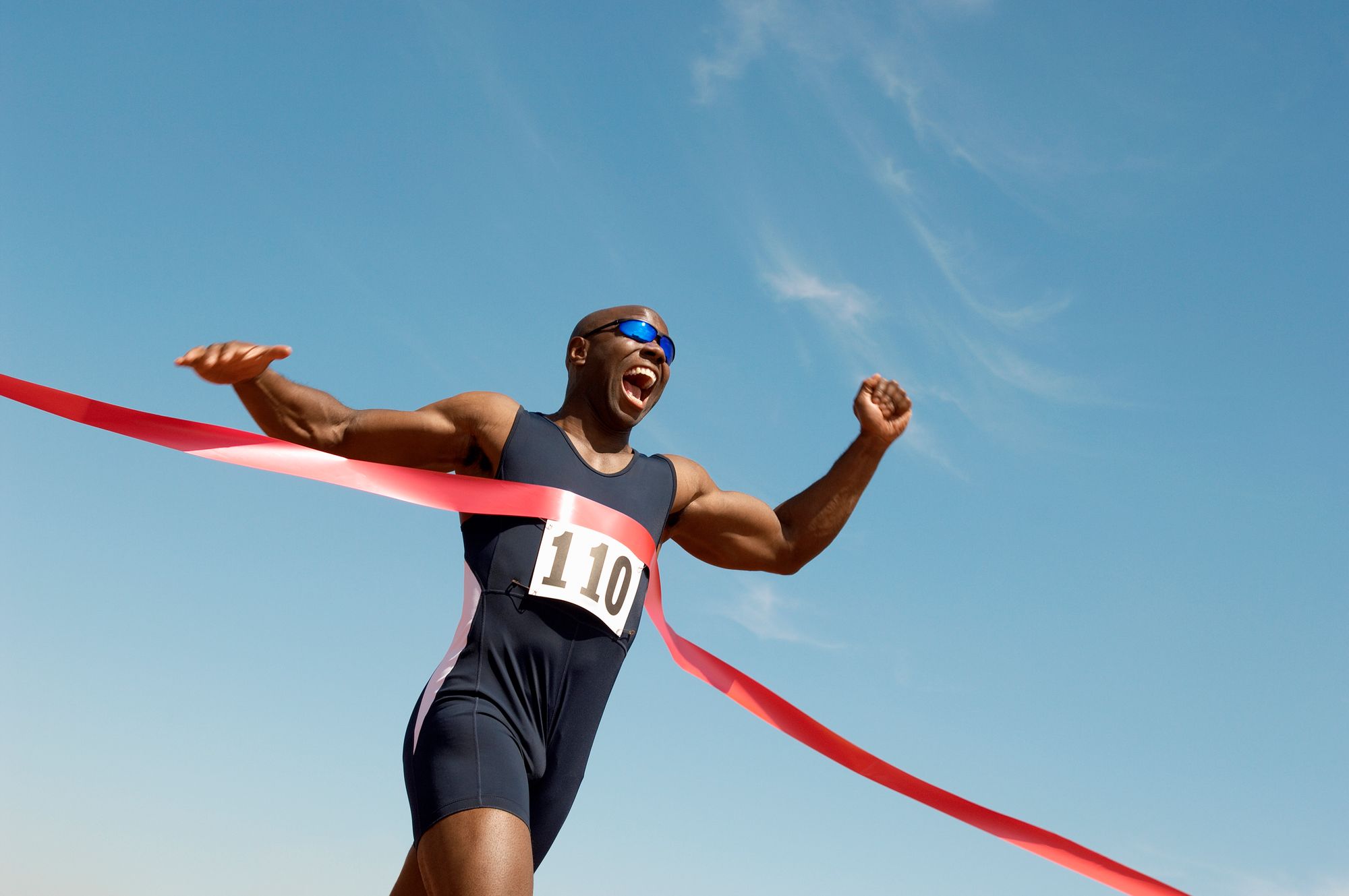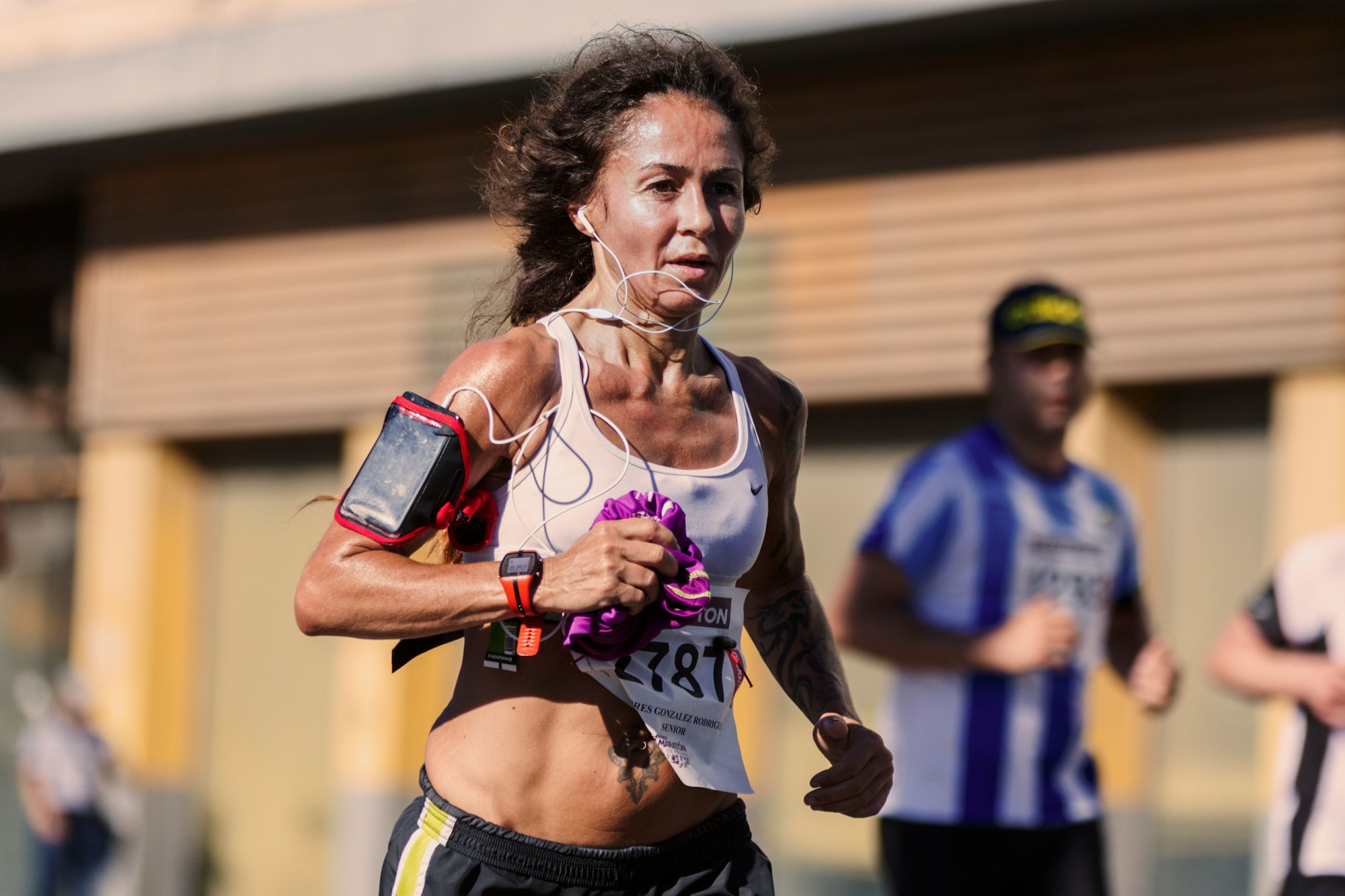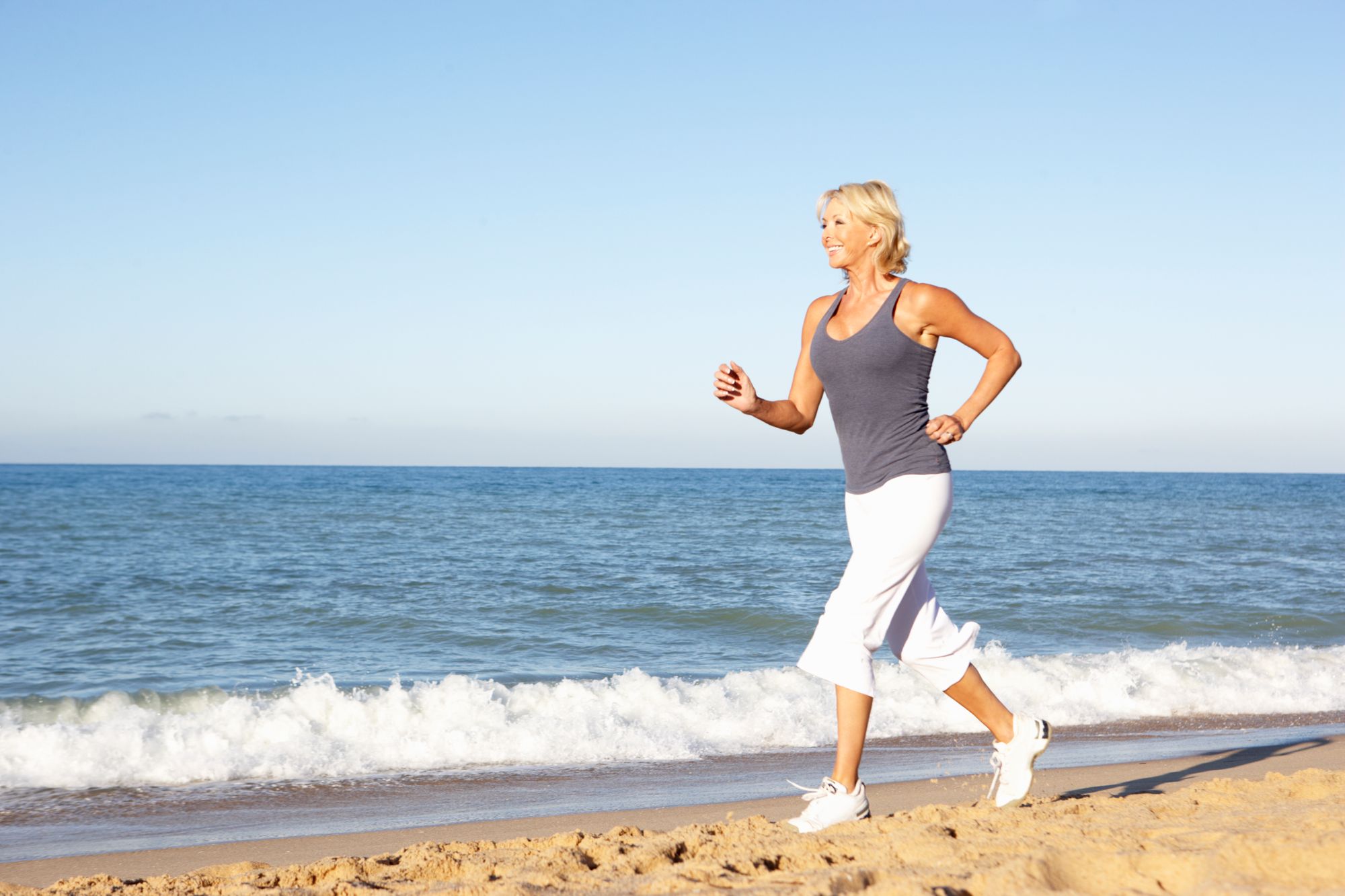
Fresh out of quarantine and on the road again? Some side effects and how to handle them
It wasn't a nightmare per se, but it felt like it. Somewhere around 2 am, I woke up to a knot in my right calf. My foot was extended like a ballet dancer's, a knot that felt like the size of my fist consuming the center of my right calf. I was just barely able to grasp the rigidly pointed toe, pull it back and hold it as the Charley horse slowly backed off.
OW. Damn.
A few nights prior it had been my hamstring, same leg.
Ow. Damn.
Let me back up here.
Post quarantine urgency to get our weight back under control, which didn't affect all of us but most certainly did cause distress for a great many, has caused a national rush to work it off. That meant that those who didn't have a regular walking or running program which they kept to during lockdown might suddenly be on the road and hills, most certainly around where I live here in Eugene.
While there were always folks out walking the dogs, the advent of spring and easing of some restrictions, like mask-wearing outside for those of us who are fully vaccinated. That would be me, as of today, two weeks after the last shot. Under quarantine I'd fractured my right pinky toe twice, which doesn't bode well for hiking Spencer Butte or Mt. Pisgah, and both times said toe took six weeks to heal.
So, to say the least, when I finally trusted my busted digit to start hiking up and down Timberline near my house, a mile-long piece of road with some prodigious hills, I knew I'd be in for some fun. That fun is likely shared by a lot of folks, particularly since we've been having a warmer-than-usual spring.

Rookie and experienced road runners alike can get leg cramps, although they arise from different conditions. The Mayo Clinic states:
- Inadequate blood supply. Narrowing of the arteries that deliver blood to your legs (arteriosclerosis of the extremities) can produce cramp-like pain in your legs and feet while you're exercising. These cramps usually go away soon after you stop exercising.
- Nerve compression. Compression of nerves in your spine (lumbar stenosis) also can produce cramp-like pain in your legs. The pain usually worsens the longer you walk. Walking in a slightly flexed position — such as you would use when pushing a shopping cart ahead of you — may improve or delay the onset of your symptoms.
- Mineral depletion. Too little potassium, calcium or magnesium in your diet can contribute to leg cramps. Diuretics — medications often prescribed for high blood pressure — also can deplete these minerals.
To take this further as it affects athletic performance, SportsMD.com gives this explanation of potential reasons for leg cramps:
• Older age
• Poor stretching habits
• Insufficient conditioning
• Cramping history
• Excessive exercise intensity and duration
• Metabolic disturbance
If you and I, in our eagerness to hit the road, don't have adequate water, nutrition and minerals in our bodies, we can end up with a nasty leg cramp or two or four, which will definitely curb our enthusiasm. If you're competing, you may be sweating too much salt out of your body, and losing electrolytes. Even if you're just competing against Old Man Age, you have to have salt in your system to help you retain water. Hot days, exertion and inadequate conditioning all play a part in cramps.
I'm a lifelong runner, albeit no longer for distance. These days I like to run about two to three miles most days, or I hike the same distance with a weighted vest. The latter is for osteopenia in my hips, a condition brought on by too much sitting and those busted digits. For the last several weeks, I've varied my late afternoon aerobic work, changing out hikes for runs for walks to give myself variation. On some days, particularly early on, I developed shin splints.
I've gotten used to shin pain if I've not run for a long time, but that doesn't make them feel any better. My favorite remedy is a combination of heat and ice. If you can take Ibuprofen, and I can't, that might also help. Rest, stretching, and compresses help. What's better is to not lay off so long in the first place.
The cramps, however, are another story. If you experience a lot of them, it's time to get a checkup.
Back in Denver, my previous doctor was an endurance runner. She recommended drinking tonic water for the small amount of quinine in it. That seemed to help control the nighttime cramps, at least for the short run. Until some damned fool decided that quinine would protect against Covid (it doesn't) and every shelf in every supermarket across the country was stripped of tonic water. So much for that remedy. That compulsion has quelled, so I can now get my tonic water, but suffice it to say that if we get another pandemic, stock up against stupidity.
There is some real argument about quinine medications for muscle cramps, but drinking a few ounces of tonic water is relatively harmless by comparison. Usually this works well for me but for when I reinstate my running program, particularly in hot weather. I need more than tonic water to tone down the barking legs. I uptick my water intake and ensure that I have plenty of potassium. For me that means bananas.
However.
A few things to keep in mind. First and foremost, exercise is not a weight loss program. It's a fitness regime, and running in and of itself will not necessarily cause you to lose weight. It will most certainly make you more fit, so have at it. If you're just starting out, especially in my new home town, you're in excellent company. Eugene has a slew of organizations for runners, including runner's coaches, which is an excellent idea if you're a running rookie.

That is where you are going to find experienced folks who can help you to get off to a safe running start, learn how to hydrate, how to pick the right shoes and a great many other considerations that might not be obvious to the uninformed. Here's one example: All around Eugune are road crossings for cyclists and runners. You're to press a button which sets off a blinking yellow light, which stops traffic and allows you to cross safely. On more than one occasion, in the very early morning, someone has decided to cross without bothering to hit the light, AND they weren't wearing any kind of reflective gear or a headlamp. I nearly sent them to kingdom come.
The system is set up for your safety but it doesn't work if you don't use it. Newcomers to the area- and I was one last year- are wise to learn the local ropes. Most drivers are aware of these crossings. For my part I slow down whether or not the light is blinking, just in case, as overly eager folks do take chances. They will have far worse than leg cramps to deal with.
Eugene, with its sweet weather, plenty of trails, hills, running tracks and enthusiasts of all ages is perfect territory for anyone wanting to learn. A good friend of mine, now almost seventy, started running at 40. She could barely drag herself around the block. These days she does triathalons all over the world, and remarried- another triathlete. That's a marriage made in runner's heaven.
It's incredibly tempting to slap on a pair of Keds and hit the asphalt, especially in runner-friendly Eugene. However, there's a lot more to it than that, especially when it comes to injury and pain management. The overly eager runner who hopes to trim his overly corpulent waistline put on by wasting too many hours in the recliner would be well-advised to check their expectations at the starting block. And, block out some time with their doctor to first, make sure running (if not walking or hiking first) is a good idea, what if any special shoes are indicated. On the recommendation of my podiatrist I wear Hokas, which have been a pricey but powerful game-changer. I get mine at Sierra Trading Post, where they're still not cheap but they cost your kids' college tuition.
If you're new, expect a few aches and pains. Don't be surprised if your body surprises you at midnight with a charley horse in the calf. Just know how to stretch it out before bed, and if you get one, how to ease out of it.
And then go back and hit the road again tomorrow.

Comments powered by Talkyard.